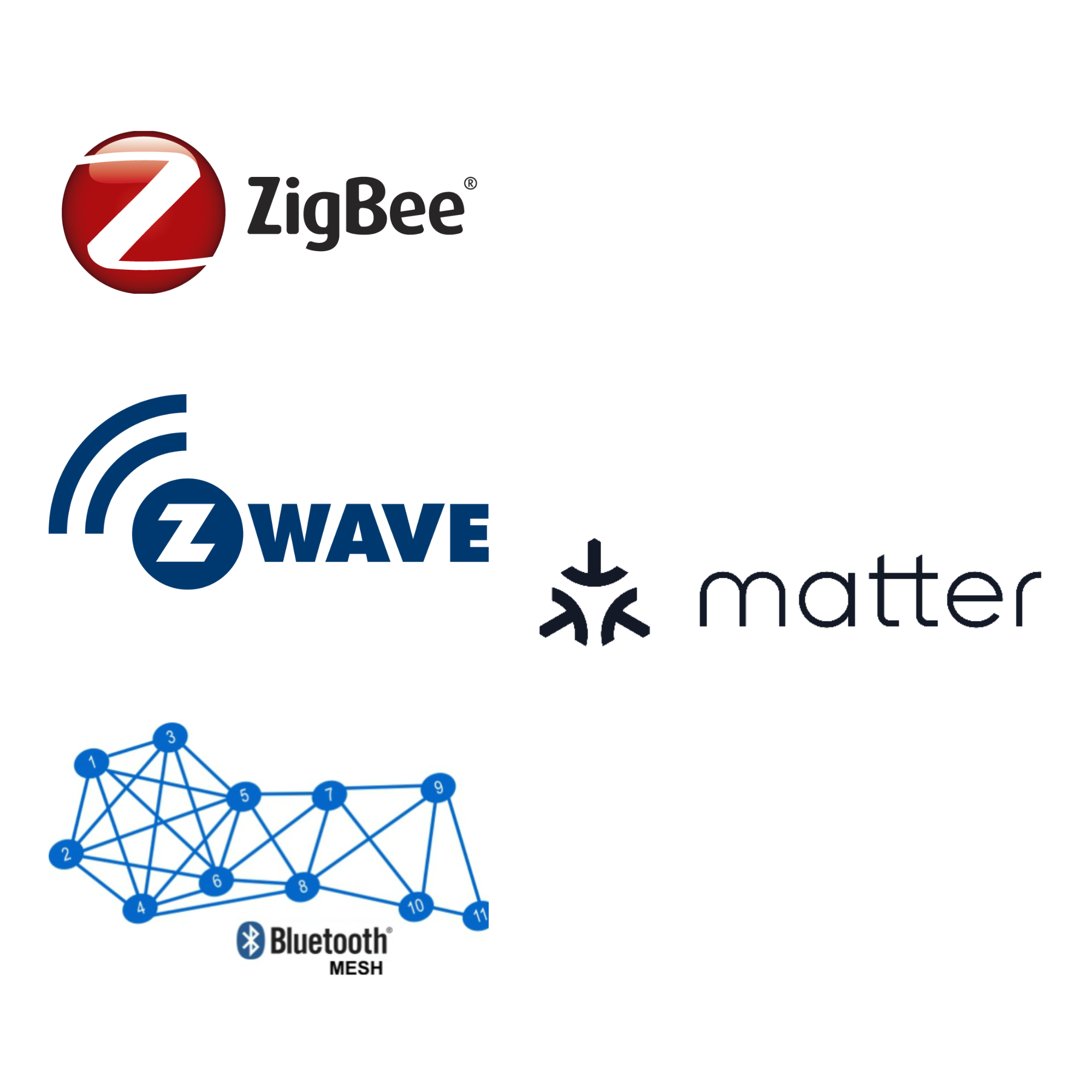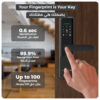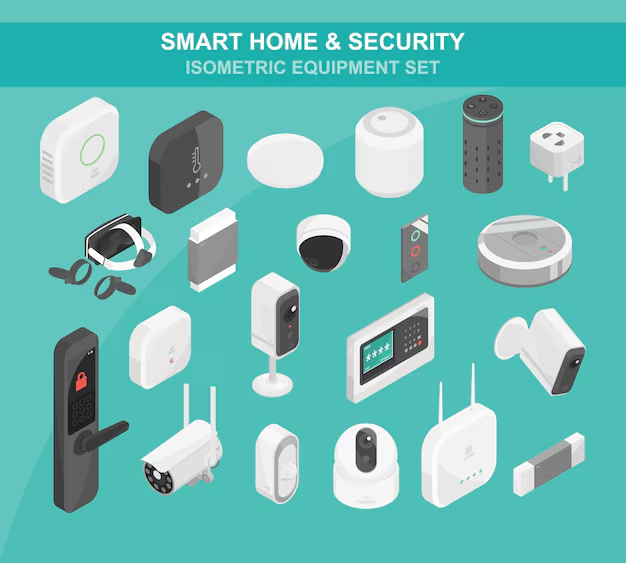
What’s the Difference Between ZigBee, Bluetooth Mesh, and Z Wave Matter?
Zigbee, Z-Wave, Bluetooth, and Thread are wireless communication protocols that allow smart home devices to talk to each other.
They all work on license-free 2.4 GHz frequencies, but Bluetooth Mesh uses the same BLE hardware that’s in many smartphones.
Matter is a new initiative that aims to unify smart home standards. It won’t replace Zigbee or Z-Wave, but Samsung SmartThings and Amazon Alexa hubs already support it.
Simpler
When it comes to connecting smart devices, a lot of different options are available. Depending on your needs, you may prefer one type of technology over another. However, there’s also a big difference in how each option works. The way that the technology makes devices communicate with each other and with your home network is determined by their communication protocol.
The two most popular choices for smart home devices are Zigbee and Bluetooth mesh. However, there are also Z-Wave and Thread. Zigbee is a wireless networking technology that creates a mesh network for optimized speed and range. Its unique architecture enables all devices to transmit commands directly to each other, strengthening the network over time. The network is also highly efficient with its energy consumption, enabling your devices to operate on battery power for longer.
Zigbee is an open protocol, meaning that its chips and modules are sold by multiple manufacturers. This gives OEMs more flexibility in the way they design their products. This makes it easier to build a wide variety of smart home solutions that work with the same technology. In addition, the Zigbee Alliance has a number of test labs that can verify a product’s compliance.
In contrast, the Z-Wave ecosystem is fairly centralized. A lot of smart devices that are built with the same chip will only work with other Z-Wave devices. This has been a major complaint of consumers when it comes to selecting smart home devices.
The Connectivity Standards Alliance (CSA) has developed Matter, a new protocol that is meant to address some of these issues. Matter is a set of guidelines that specify how to connect smart home devices to your home network. The goal is to create a single ecosystem with standard data models that make it easier for devices from different vendors to work together.
Although Matter is a relatively new technology, it has already gained some traction in the market. Some smart home vendors have started to develop their own Matter-enabled products, including GE Cync and Eve. CSA is working to expand the list of supported products, and many existing smart home devices that use Bluetooth mesh or Z-Wave will likely be compatible with Matter in the future.
Cheaper
The biggest downside of Bluetooth mesh is that it uses up a lot of power and requires every device to be within direct range of each other in order for messages to pass. That means that if you add a new device to your home, you’ll need to replace the batteries in all your other Bluetooth devices as well.
In comparison, Zigbee and Z-Wave both use a mesh network so that signals can hop from gadget to gadget (although they usually have to connect via hubs to the internet). As such, the amount of energy required for each signal is significantly lower. Z-Wave in particular is very power efficient, with modules that can be run off of a set of AA batteries for up to five years.
That said, both Zigbee and Z-Wave tend to be more expensive than the likes of WiFi, which only requires a single hub to connect all your smart devices. That’s largely down to economies of scale and the fact that it’s much cheaper to manufacture WiFi devices because they can work with any existing WiFi router.
Another downside of Bluetooth mesh is that it can have a lot of problems with interference and lag. This is because it operates on the 2.4 GHz frequency band that’s used by lots of other things, including your WiFi router and microwave oven.
This can lead to dropped connections and a lack of responsiveness from some Bluetooth devices, especially when you’re using your smartphone to control them.
The good news is that there are ways to minimise the effects of this interference, which you can find out more about in our article on How to reduce interference from smart devices.
One of the best ways to avoid these issues is by choosing a Zigbee compatible smart bulb, smart door lock and more. To do that, you’ll need to look for products that have the Zigbee moniker or logo. These will be compatible with all major smart ecosystems like Alexa, Google’s Assistant and SmartThings. You’ll also need a compatible hub, such as the Amazon Echo Plus or the SmartThings Classic.
More Secure
Compared to the other communication protocols you can choose for your smart home devices like smart bulb, smart door lock and more, Zigbee is much more secure. It uses a mesh network and 128-bit AES encryption, so you can be sure that your data is protected. Plus, your wireless signal is encrypted so no one else can hear you communicate. This is a huge advantage over Bluetooth, which doesn’t even use 128-bit AES encryption and is prone to security breaches.
Another thing that sets Zigbee apart is its long range. You can connect up to 65,000 Zigbee devices at a time in a single mesh network. This means that your smart devices will be able to communicate with each other no matter where you are in the house.
If you want to extend the range of your Zigbee devices, you can add a Zigbee router or a powered (non-battery) device to your network. These devices act as “repeaters” and repeat your network signal, increasing the overall range of your smart home system. This is also a good option if you have walls that reduce the direct range of your Zigbee devices.
Zigbee is a great choice for smart home products from the biggest brands. Amazon Echo, Google Home and Samsung SmartThings all support Zigbee, and they’ll also be able to work with the new Matter protocol. This is because Matter is run by the same group (Connectivity Standards Alliance) as Zigbee, so it’s designed to let different devices from different manufacturers work together.
The new Matter protocol combines WiFi and Thread with the aim of creating an open standard for smart home devices. This will allow them to work with each other and won’t clog up your WiFi network. It also has backward compatibility baked in, meaning that your current devices should be able to work with it without any issues.
Integration
As smart home devices become increasingly popular, they need to work well together – whether you have a Samsung fridge connected to your Alexa device or a Ring doorbell linked to Google Home. But the compatibility between different ecosystems can be inconsistent. Matter Protocol is a new technology that’s intended to fix this problem. It’s a wireless mesh network that optimizes the speed and range of commands by leveraging multiple relay points in your house. This means you’ll get a better overall experience with your smart home system.
Matter works in a similar way to Z-Wave and Bluetooth. But rather than using proprietary hardware, it runs on a open source software platform that anyone can use to build applications for the smart home. The result is a standard data model that ensures smart home devices can work with each other regardless of their ecosystem or manufacturer.
To do this, Matter uses the wireless communication protocols already built into your routers and most smart home products. It also leverages the existing Internet of Things (IoT) ecosystems like Wi-Fi, Bluetooth Low Energy, Zigbee, and Thread.
While Bluetooth is best known for its portable audio connections, it’s being used more often in smart home products like light bulbs and sensors. This is because Bluetooth Low Energy, or BLE, allows smart devices to stay in a low power state most of the time and only communicate when needed. This reduces the battery drain, which extends the lifespan of your device.
Z-Wave is another widely used wireless protocol in smart homes. Its popularity is largely due to its interoperability, meaning that any device bearing the Z-Wave logo should work with other Z-Wave products regardless of their brand. It also uses a wireless mesh network for improved reliability and performance. Unlike Bluetooth, Z-Wave uses a lower carrier frequency, which means it operates on a less crowded spectrum.
While it’s important to note that not all Zigbee- and Z-Wave-enabled devices will support Matter, the good news is that many manufacturers are working to update their hardware with this capability. This is especially true for companies that make a wide range of smart home products, such as Lumive, GE Cync, and Nanoleaf. You’ll likely be able to find Matter-compatible products from most of the major IoT brands by 2023.







